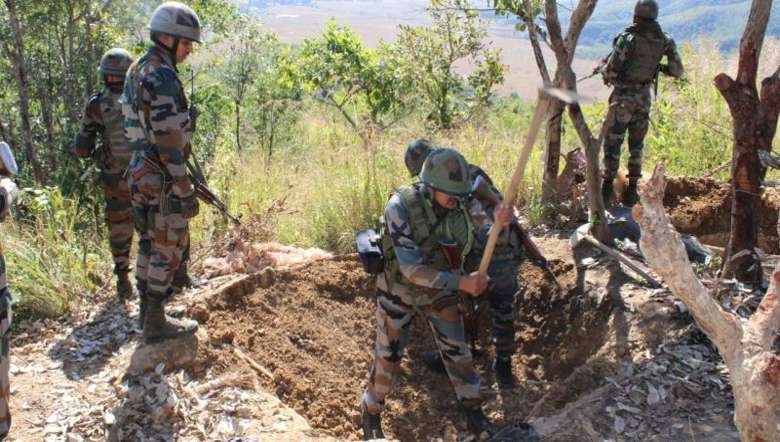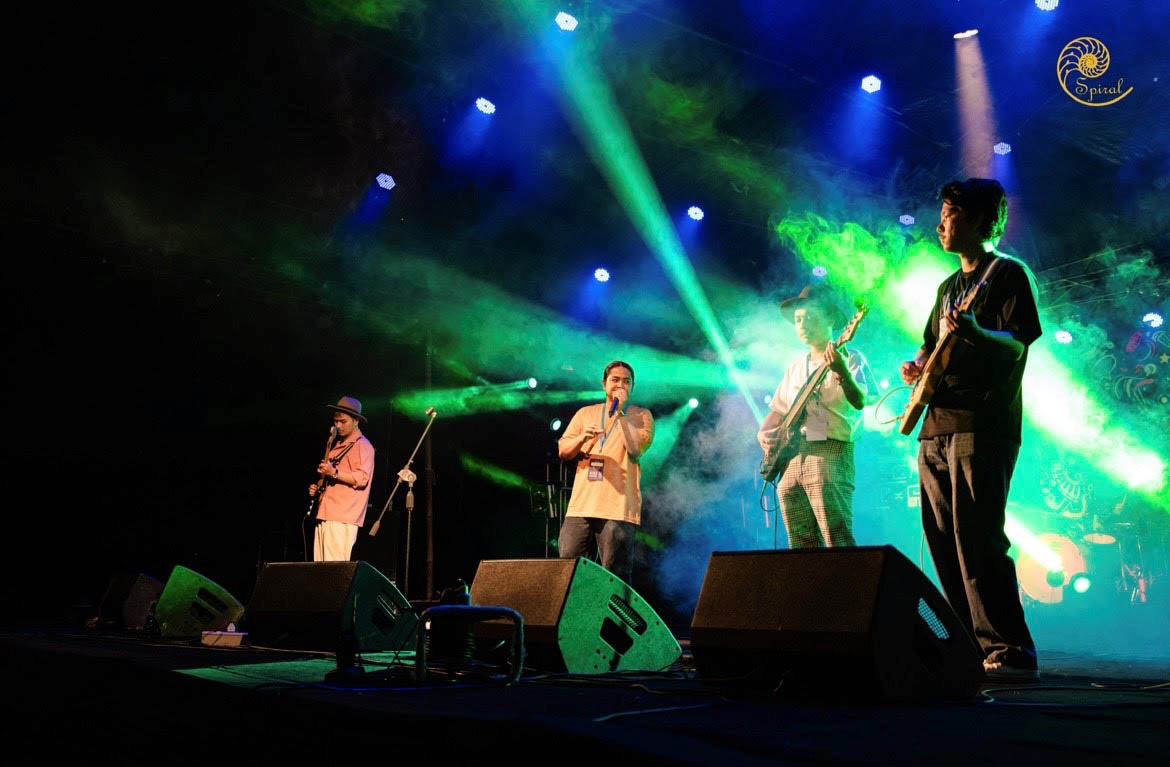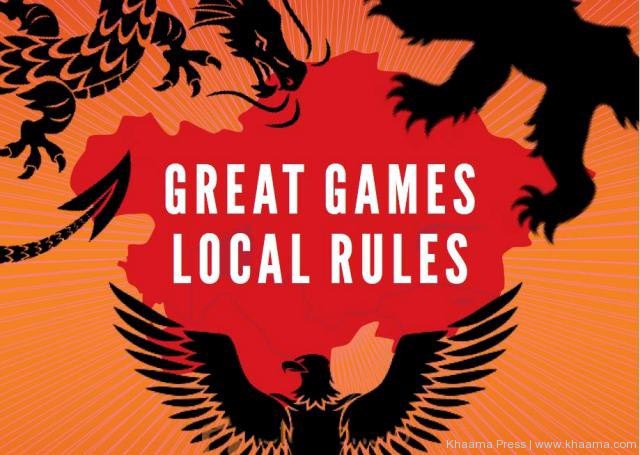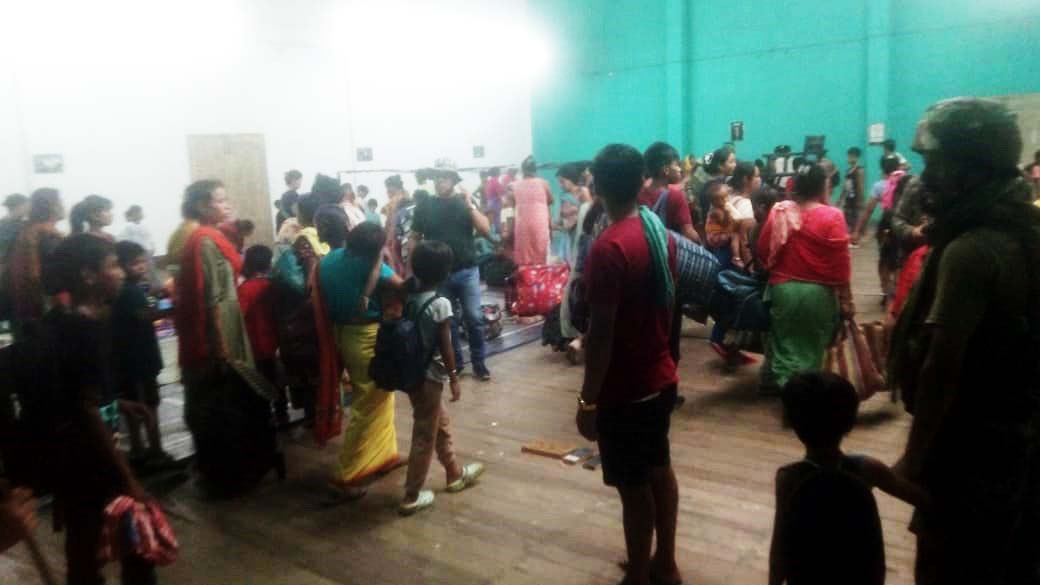The high-level security meet on Manipur convened by the Union Home Minister, Amit Shah, in New Delhi on June 17, 2024, was loudly conspicuous by its exclusion of the Manipur Chief Minister, N. Biren Singh. It also threw light on the way the Centre has been handling the violent ethnic clashes in Manipur between two of its major communities, the Meitei and Kuki-Zo tribes which is not showing any signs of respite even after a year of bloodletting. It also seems to confirm the long-held suspicion that there has been undeclared President’s Rule in the State, with the Manipur government having been placed in virtual animated suspension.
Those invited for the meeting included Indian Army Chief Manoj Pande, Army Chief-designate Lieutenant GeneralUpendra Dwivedi, Union Home Secretary Ajay Kumar Bhalla and Intelligence Bureau director Tapan Kumar Deka. From the State were the Director General of Police Manipur, Rajiv Singh, and the Security Adviser, Kuldeip Singh — both brought in from outside the State and appointed to these posts in the wake of the outbreak of violence on May 3, 2023. As a media columnist pointed, also conspicuously absent were officers from Manipur’s stakeholder communities.
Considering that this meeting had quickly followed another one Mr. Shah had had in New Delhi with the Manipur Governor, Anusuiya Uikey, speculations were rife that this was a prelude to a formal invocation of Article 365 to impose a spell of President’s Rule in the State. This anticipation, however, proved premature, as it is now clear that the meeting merely chalked out a strategy to contain the violence so that a dialogue process between the two warring communities can be initiated.
The messaging about the State government
Not long after the ethnic violence broke out, it had become clear that the State government was no longer in charge. First, there was a viral news that Article 355 had been imposed in the State, passing on the State government’s responsibility of law-and-order upkeep to the Centre. This was later officially denied. Still, from the patterns of security deployments and operations henceforth, it was more than apparent that the State government had been almost sidelined. For instance, Mr. Biren Singh was unceremoniously removed from the customary chairmanship of the unified command of the different security establishments in the State by an order of the Governor on May 31, 2023. Only his power to summon meetings of this body was retained.
It was probably unintentional, but in noisy cross-questioning in the Lok Sabha on August 9, 2023, during the no-confidence motion faced by the then National Democratic Alliance government, Mr. Shah when asked why the Manipur Chief Minister had still not been removed, again gave a glimpse of ‘this unofficial Central rule’. In a Freudian slip, he said that there was no need for this as the Chief Minister was “cooperating” with the Centre.
Earlier, when Mr. Shah made his first trip to Manipur on May 29, 2023, after a fortnight of lull punctuating the outbreak of mayhem in the State, violence again exploded in several places along the foothills. Mr. Shah made another declaration. There was to be a buffer zone along the foothills where the Imphal valley meets the surrounding hills. And, the hills were to be looked after by central forces while the State police were for the valley.
This may have been well-intentioned, but it proved to be ill-conceived. Probably, the assumption was that separating the warring communities would freeze the feud, and that normalcy would return. But when the conflict dragged on longer than anticipated, several unanticipated consequences became obvious. For one, the Meiteis, now confined in the valley, began to suspect the central forces, especially the Assam Rifles, of siding with the Kuki-Zos in the hills. And, conversely, the Kuki-Zos began viewing the State police as partisan to the Meiteis. This is despite the fact that the Assam Rifles has several Meitei officers and troopers, just as the Manipur police constabularies draw their recruits from the many communities in the State. These forces may just have been doing their brief, but amidst the dangerous and hateful passions, they ended up being coloured with communal hues.
The drift
The wisdom in the cliched adage that peace is not merely the absence of violence seems to have been completely missed. The absence of violence does give a semblance of normalcy, but when no efforts are made alongside to identify the underlying causes of discord and put them to rest, a single spark — intentional or accidental — can cause an inferno. This has been the pattern of clashes in Manipur’s year of mayhem so far.
Today, the number of central and State forces in Manipur is estimated to be about 70,000 personnel. Yet, the outlook of unofficial President’s Rule in Manipur has been to manage and moderate the feud, so as to keep the damage minimal and not resolve it. It is bewildering to wonder why no move has been made yet to clamp down on both sides of the fence, using proportionate and legitimate force, to establish the law firmly and to strengthen the hands of the law. Maybe it was the forthcoming general election then, and the issue of optics being the inhibitor — to have a Bharatiya Janata Party-ruled State under President’s Rule would have been damaging. That the public resented this approach was demonstrated empathetically. In the 2024 general election, voters across the conflict buffer rejected the BJP in Manipur’s two seats.
Reminiscent in this is also what Jolle Demmers writes in her book, Theories of Violent Conflict: An Introduction. In 1993, the United States-led North Atlantic Treaty Organization was set to strike Bosnia when genocidal clashes between Serb and Albanian Muslims broke out. The Albanians bore the brunt of it. But U.S. President Bill Clinton is said to have been gifted Robert D. Kaplan’s best-selling Balkan Ghosts, which portrays the antagonism between the two communities as primordial. There was nothing much anybody could do to change the situation but to wait “until those folks got tired of killing each other”. The intervention was delayed and peace could be restored only in 1995, after much preventable damage.
It is true that the roots of some conflicts are deeper than others but there can be nothing as primordial. Scholars agree that the objective must be to trace the roots of the problem, at whatever depth, and address them. There are too many, however, who are too eager to oversimplify and caricaturise conflicts, fitting them into set categories they are familiar with. Thus, Hindus, Muslims or hillmen and plainsmen are portrayed as preconditioned to hate each other.
The ground reality
The latest and officially confirmed body count in Manipur’s tragic conflict is 225, of whom, 115 are Kuki-Zos, 102 are Meiteis and eight are from other communities. The picture is not very different when it comes to the numbers affected in displacement as well, for there has been mutual ethnic cleansing on either side of the newly-created conflict buffer. A year after the outbreak of violence, even the idea of victim and perpetrator, so readily lapped up by many, has become blurred.
With so many lives and properties having been lost already, asking people who have suffered these losses to come to terms with their losses and move on, especially when it involves loved ones, is never going to be easy. But there is no other way than for those who have suffered to see their trauma being shared by their adversaries. And in the acknowledgment of this shared suffering, find the empathy bond and, ultimately, common redemption in tragedy.
This article was first published under a different headline in The Hindu. The original can be read HERE










